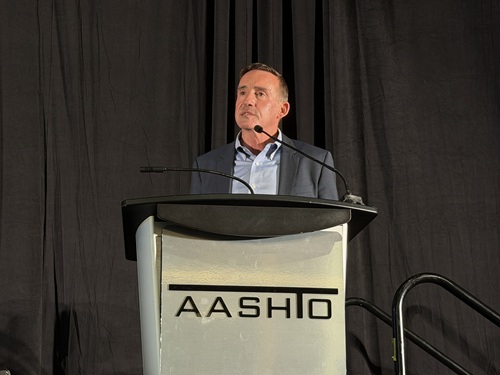A plenary session at the American Association of State Highway and Transportation Officials 2025 Safety Summit and Peer Exchange in New Orleans focused on different communications strategies state departments of transportation can deploy as part of their overall effort to improve roadway safety.
[Above photo by AASHTO]
Scott Higley, director of strategic communications for the Georgia Department of Transportation, moderated the session, which included Diann Hodges, director of communications for the Texas Department of Transportation; Naitore Djigbenou, executive director of the Office of Public Affairs for the Kentucky Transportation Cabinet; and Shannon McCarthy, communications director for the Alaska Department of Transportation & Public Facilities.
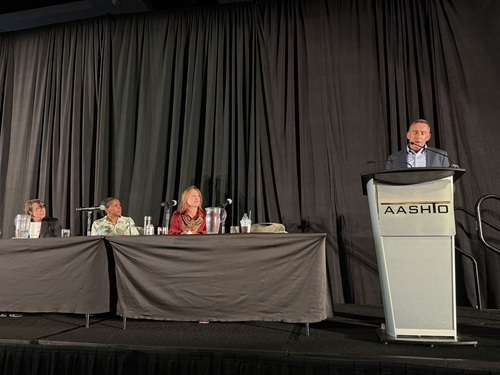
Higley noted that while the number of annual roadway fatalities in the U.S. continues to fall – they are down 8.2 percent during the first six months of 2025 compared to the same period in 2024, according to the National Highway Traffic Safety Administration – he stressed that “these are not just statistics; every single one of these numbers represents a person.”
For that reason, Georgia DOT “takes these numbers to heart,” Higley emphasized. “It drives us to do more, not only through safer infrastructure engineering and enforcement partnerships, but through education and communication – which is why this panel is here today.”
He explained that communications “can be lifesaving; it’s one of the most powerful tools that we have, and that belief has guided the development of several key initiatives” at Georgia DOT, including the agency’s Safe Driving Summit Series and its “Keep Georgia Safe” free K-12 student curriculum.
“By starting early, we believe we’re shaping a generation that understands how their everyday choices like wearing a seatbelt, putting down the phone, slowing down, and driving the speed limit can literally save lives – sometimes their own lives,” Higley noted. “And across these two programs alone, we will have reached nearly a million students by the end of this academic year.”
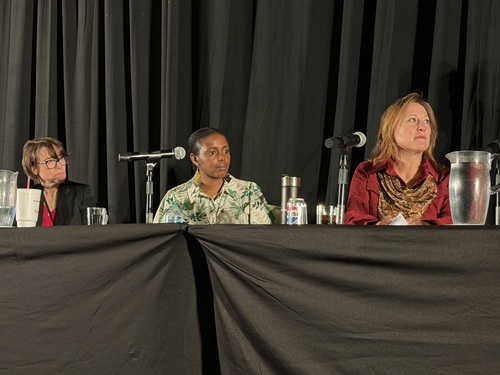
TxDOT’s Hodges emphasized that focus on outreach, especially to the young, when it comes to safety messaging. “We just started a new initiative called ‘Drive Like a Texan,’” she said. “What does this mean? It serves to inspire drivers to embrace their pride, their camaraderie, and responsibility. But it’s more than that. It’s also a call to action. We want to connect safety and driving with pride and our neighborly spirit.”
Hodges explained that TxDOT worked with an advertising agency and researchers to conduct statewide surveys to understand attitudes, behaviors, and motivations so they could craft just the right safe-driving campaign message.
“We held focus groups, with a cross-section of Texans, to test concepts and beliefs about their Texas pride and, of course, we analyzed the crash data to reveal patterns of risky behavior and intervention points,” she said. “Research has shown us that empathy is very important. So, we’re tapping into the deep sense of identity and community that Texans share, making safe driving habits personal and meaningful. It encourages simple gestures, such as when you let somebody merge in traffic, you give a friendly wave. That’s all part of embracing your pride as a Texan – a way to both celebrate and reinforce good driving behavior.”
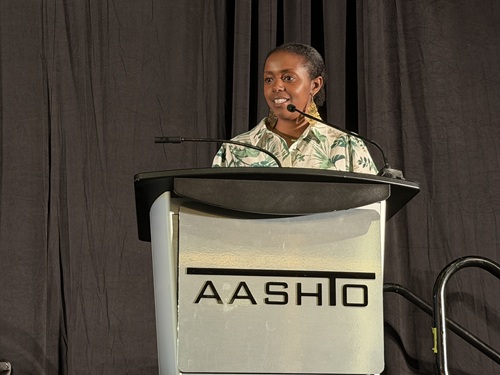
KYTC’s Djigbenou added that such campaigns also touch on another important part of the equation for highway safety, which is “making sure that the people in our states understand why we’re doing what we do – and, even more importantly, how the things we build work.”
That’s one reason why her office developed a “Safer Road Solutions” toolkit. “All of us want everyone that drives on our roads and bridges to get home safely at the end of the day. That’s our driving mission,” Djigbenou stressed. “And so, education is a big part of the equation – educating our constituents about innovative road solutions, intersections, interchanges, all of that is very important.”
In her remarks, Alaska DOT&PF’s McCarthy emphasized that maximizing the effectiveness of such outreach campaigns requires getting everyone within a state DOT on the same page.
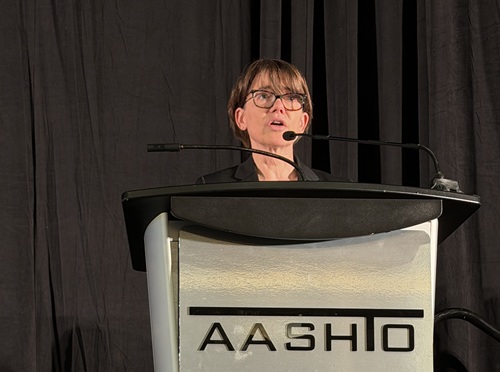
“We were pretty siloed, with our traffic engineers working independently of the communication team,” she said. “A lot of it [safety discussions] was really kind of happening behind closed doors, so we needed to bring this out to the public.”
McCarthy said her communications team got together with the agency’s traffic engineers – both the statewide and regional ones – and Alaska’s highway safety office to build more interaction with the public.
“We said we’re going to go out to the public together; we’re going to talk, we’re going to hold focus groups and open houses,” she said. “Not everything was a success, but what was great is now the statewide traffic engineers and our group meet every other week. We talk about safety issues; we talk about what’s happening out in the public, what different initiatives that we’re trying – we’re sharing information on a regular basis. We have more work to do but we’re keeping it up.”
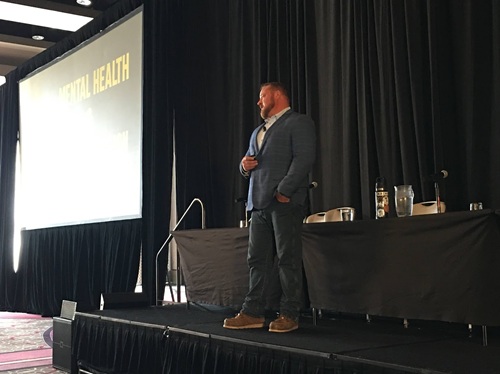 Top Stories
Top Stories
Safety Summit Addresses Employee Mental Health
November 7, 2025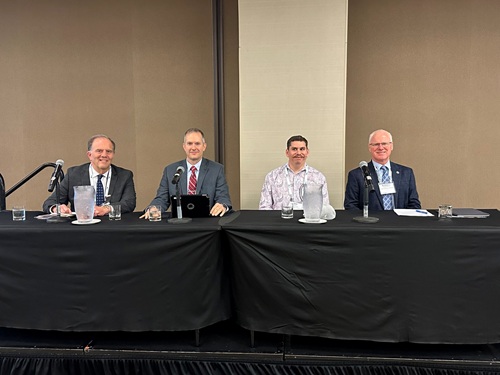 Top Stories
Top Stories
